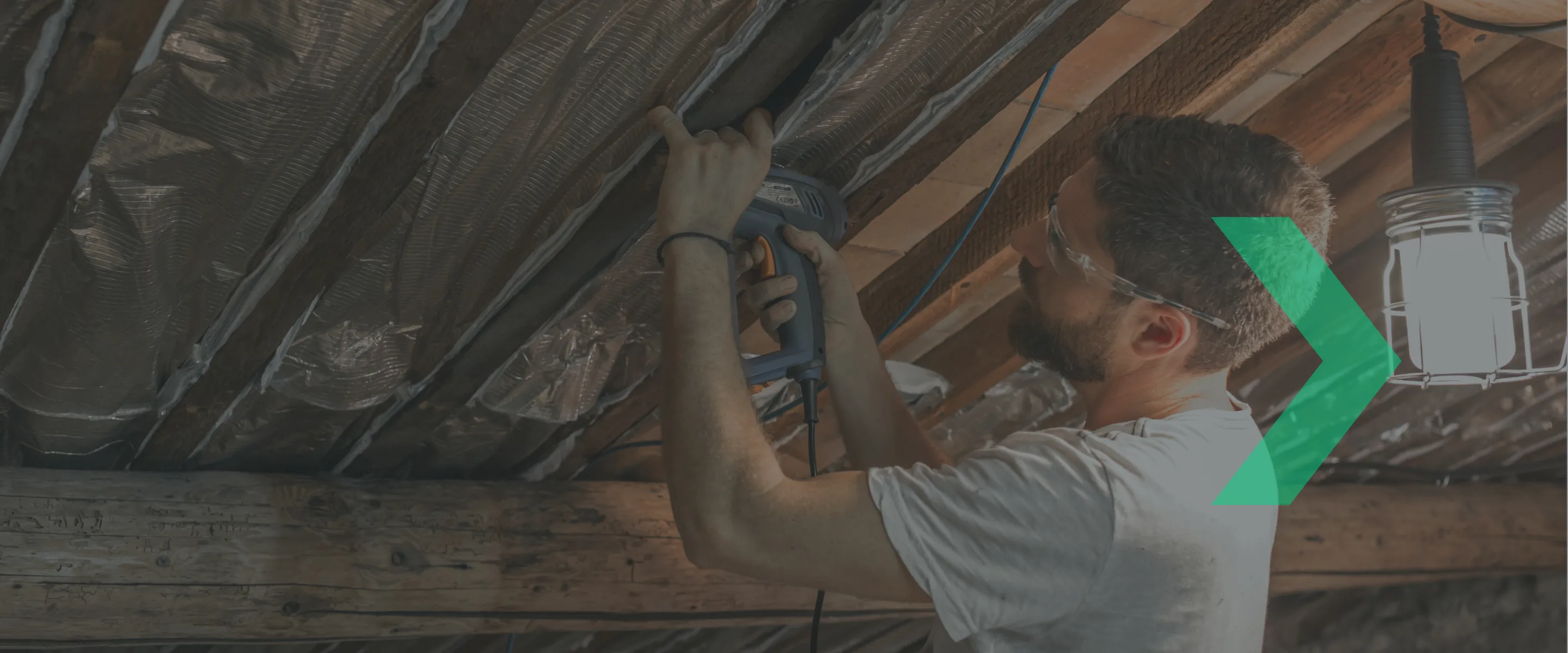
Your guide to better insulation
Take a deeper dive into the benefits of proper insulation, what to get done and how to help pay for it.

Your guide to better insulation
Take a deeper dive into the benefits of proper insulation, what to get done and how to help pay for it.
Why is insulation important?
What are the benefits of full insulation?
Where should I insulate?
Attic and roof Even if you already have an insulated roof, you may be losing heat if the insulation is insufficient, damaged or incorrectly installed. There are several options for insulation materials that you can discuss with your supplier, including semi-rigid insulation boards, glass/mineral fibre and multifoils. The best choice for your home will depend partly on the depth of your joists or rafters. If your attic is easy to access, doesn’t have any damp issues and is not a flat roof, you may want to carry out the insulation yourself. However, it’s essential that the materials are cut tight and installed without gaps, that ventilation openings are left clear, and that there is no risk of condensation, which can cause roof timbers to rot. So unless you’re very handy, arranging for professional installation is a safer bet.
Wall insulation If your house was built after the 1920s, it’s likely to have cavity walls – two walls with a gap which can be filled with insulation foam by drilling holes from the outside of the building. Older houses built before then are more likely to have solid walls made of brick or stone and can be insulated from the inside or outside. This costs more than insulating a cavity wall, but the savings are also likely to be bigger.
Internal insulation, also called dry-lining, usually involves attaching an insulation board to the walls and covering it with a vapour barrier layer and plasterboard. This will mean that you lose indoor space, which can prove problematic with fitted kitchens and appliances.
Floor insulation Older homes tend to have suspended timber floors. These can be insulated by lifting the floorboards and laying mineral wool insulation supported by netting between the joists. Newer homes tend to have concrete ground floors, which can be overlaid with rigid insulation. Floor insulation won’t bring the big savings that can be achieved through attic/roof and wall insulation but, if you want to tackle your insulation project comprehensively, every little bit helps.
Tanks, pipes and radiators One of the quickest and easiest ways of improving your insulation is to ensure that your water tank, pipes and radiators are properly covered and lagged. This is a relatively simple DIY job that you may want to carry out yourself, or arrange for one of our partners to sort out for you.